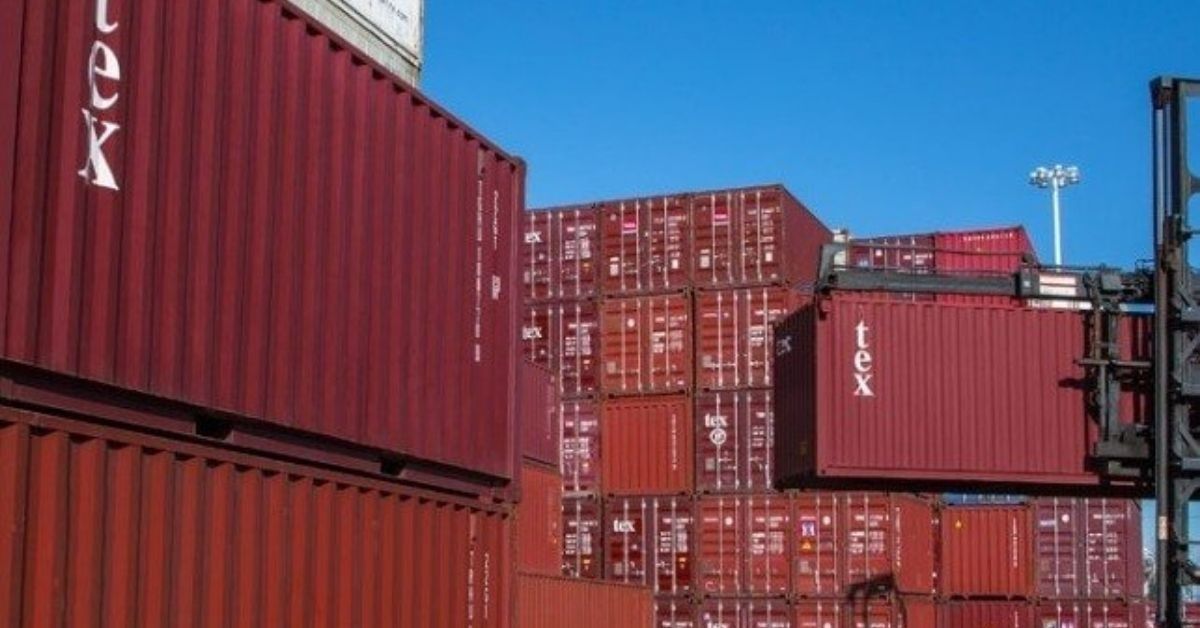Container pile-ups are already bad in Central and Northern Europe, and any extra disruption to the cargo flow would only make things worse.
The war between Russia and Ukraine is the latest in a string of misfortunes that has thrown the world’s shipping supply chain into disarray; the container scarcity may intensify. The world trade has been harmed by a sequence of events, beginning with the Covid epidemic and continuing with the Suez Canal blockade and now the Russia-Ukraine conflict. The container scarcity began with the epidemic; the Suez blockade exacerbated the problem; and the war is likely to exacerbate the situation. Containerization has been hit the worst. The snafu comes as India’s product exports are expected to top $400 billion this fiscal year.
Freight rates have more than doubled in the last 15 months. For example, the freight to Rotterdam from Chennai used to be $3,000 per teu, but is now around $7,000. To the US, the freight increased by three times to $12,000 in the same period. It takes nearly 15 days to get a container, said an industry official.
“Just before the war started, an exporter shipped 10 boxes of tea to Russia on two distinct days,” Dipak Shah, Director of Crystal Tea and Chairman of the South India Tea Exporters’ Association, claimed. Only five boxes made it there, and the fate of the others remains unknown.”
This is only one example of how the war is causing supply chain disruptions around the world.
“Overall, container availability is expected to deteriorate, but this will vary by port and region.” “Container pile-ups are already bad in Central and Northern Europe, and any extra disruption to the cargo flow would only make things worse,” said Christian Roeloffs, Co-Founder and CEO of Container xChange.







